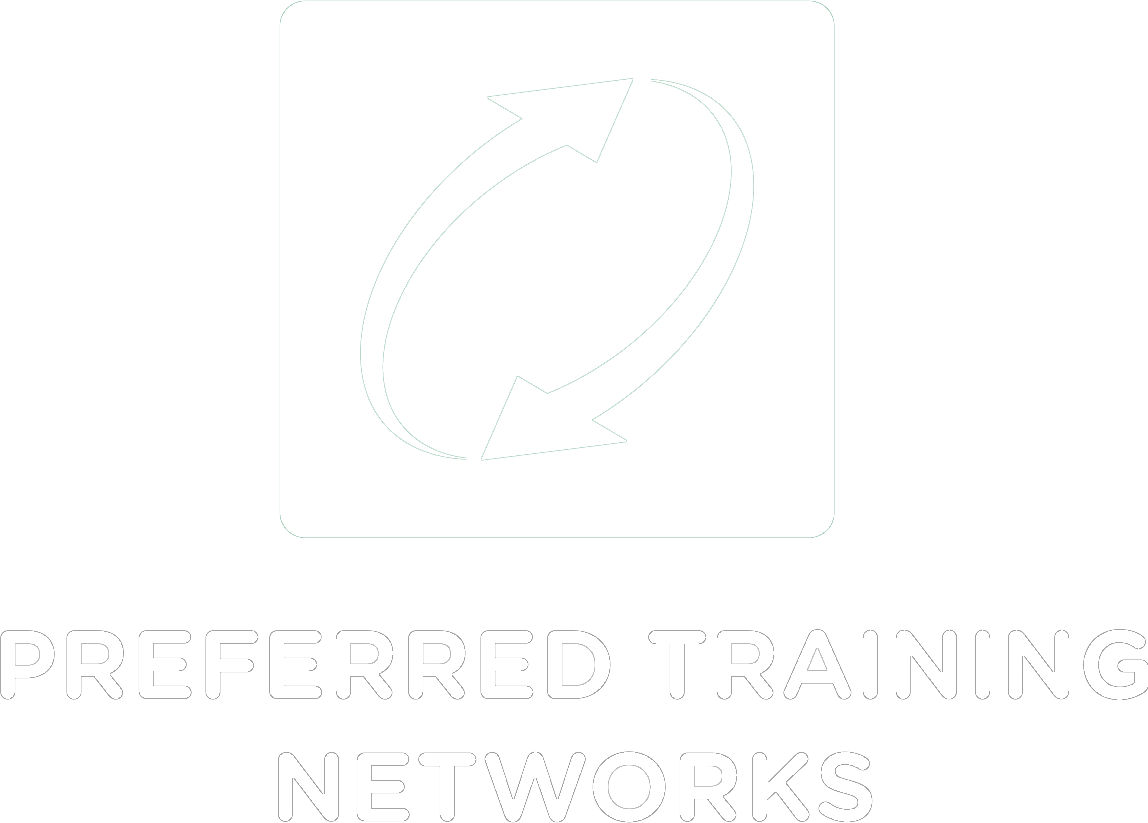When you invest time and money into delivering training to your team, how do you go about measuring training effectiveness? Are people really taking the time to implement these skills into their daily lives? And are these results positively impacting both their role and your organisation as a whole?
These are questions that can seem difficult to answer, especially without the proper methods in place. That’s why Kirkpatrick’s Four-Level Training Evaluation model was created in 1959. Since then, it’s been updated multiple times (most recently in 2016) and has consistently remained one of the top training measurement methods in the world. In this blog post, we’ll explore the Kirkpatrick Model of Training and how it can be applied to your workplace. Let’s begin!
Why is it so difficult to measure training effectiveness?
To understand the importance of the Kirkpatrick Evaluation Model, you first have to have an understanding of why it’s so difficult to measure training effectiveness. If you want to accurately measure the impact of training and development on employee performance, you need to know how to measure and analyse the right data.
However, this is easier said than done. Analysing data can be hard when you don’t know what you’re looking for, and many companies don’t have a goal or baseline in place to define what success should look like. Many organisations are also not set up to capture this data in real-time, instead relying on employee recall that gets less and less reliable as more time passes. You also risk employees hesitating to give you honest feedback, only telling you what they think you want to hear.
As you can see, collecting data and evaluating training effectiveness is no walk in the park, but that’s where the Kirkpatrick Model comes into play.
Kirkpatrick’s Four Levels
The Kirkpatrick Model of Training Evaluation outlines four levels of training evaluation: Reaction, Learning, Behaviour, and Results. Let’s have a closer look at each of them and how to best apply them.
Level 1: Reaction
The first step is to gauge trainees’ reactions to the training, measuring their engagement, contributions and their overall responses. This will help you understand how the training was received, which is important because this plays a huge part in its effectiveness. It also allows you to make improvements to future training sessions, because you have insight into what might have been missing the first time around.
Some questions to ask trainees include:
- Did you find the presentation interesting and engaging?
- Do you feel like you can apply these skills to your role?
- Was this training session a good use of your time?
- Were your personal learning styles accommodated?
- What were the highlights of the training and what needs to be improved?
- What support might be needed to apply these new skills?
These reactions can be collected through a number of methods, such as surveys or verbal feedback. Once the feedback has been analysed, it can be applied to future training programs.
Level 2: Learning
Level 2 is all about measuring what trainees have learned during their time in the course. It also takes into account what they think they’ll be able to do differently post-training and how confident and motivated they feel about doing so.
The best way to do this is to test them both before and after the training program to accurately measure any differences, using either interviews or skill-based evaluations. Remember, as a manager, it’s your responsibility to both hold people accountable for developing their skills and give them the support they need to do so.
Level 3: Behaviour
Level 3 is designed to help determine if the training has impacted the behaviour of your employees in any way and how well they have applied what they’ve learned. However, it can take weeks or even months for this to happen, as you have to give your employees the opportunity to build their confidence or even have the chance to apply their new knowledge.
This is where the conditions of your workplace come into play. It’s very possible that your staff actually learned a lot during their training, but your workplace culture is obstructing their ability to change their behaviours. This is why it’s so important to make sure your office rewards and encourages positive behavioural changes, and why you should acknowledge and reward whenever one of your team members uses a new skill.
By doing this, you’re allowing both your training to be as effective as possible and for you to be able to assess its effectiveness accurately. Measuring behaviour is a long-term process, and should focus on if the trainees put any of their new skills into practice, if they’ve been able to teach these new skills to other people and if they’re aware of these changes they’ve made to their behaviour.
To best measure the behavioural changes of your trainees, you can perform interviews, record observations of them in action and provide plenty of opportunities for them to apply these new skills.
Level 4: Results
At the fourth and final level, the time comes to analyse the final results of the training. This should involve evaluating the overall impact the training has had on your business and your employees and whether you’ve seen a return on investment.
This tends to be the most time-consuming level, as you need to establish which outcomes, benefits and results are linked to the training and how you can measure these in the long term. One of the most effective ways to get the results you want to see is to state them at the early stages of the training development, and then the training can be specifically developed to prioritise these goals.
Some outcomes to consider include:
- Higher sales
- Better ratings/reviews
- Improved morale
- Fewer staff complaints
- Improved staff retention
- Higher customer satisfaction
A number of short-term observations and measurements can be used to ensure these behavioural changes are making a positive impact on your business and the performance of your staff.
Conclusion
Despite being first established over 60 years ago, the Kirkpatrick Model of Training remains one of the most popular training evaluation tools to this very day. By making it an integral part of your training plan from the beginning of its inception, your training program can flourish and provide measurable results that are both effective and long-lasting.


